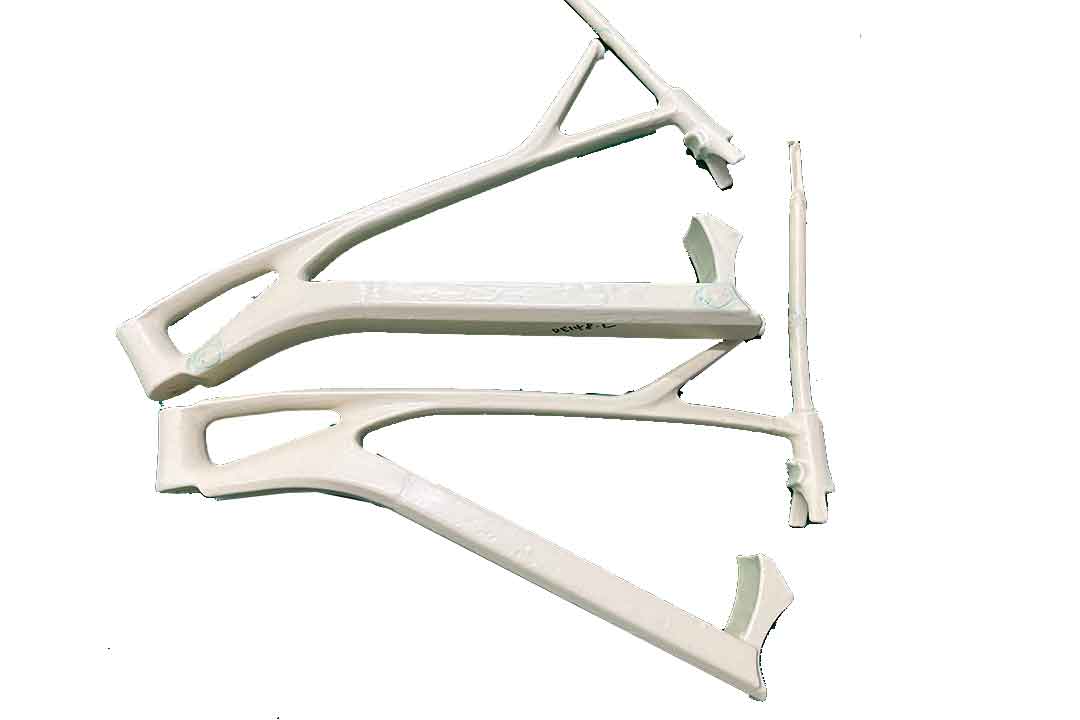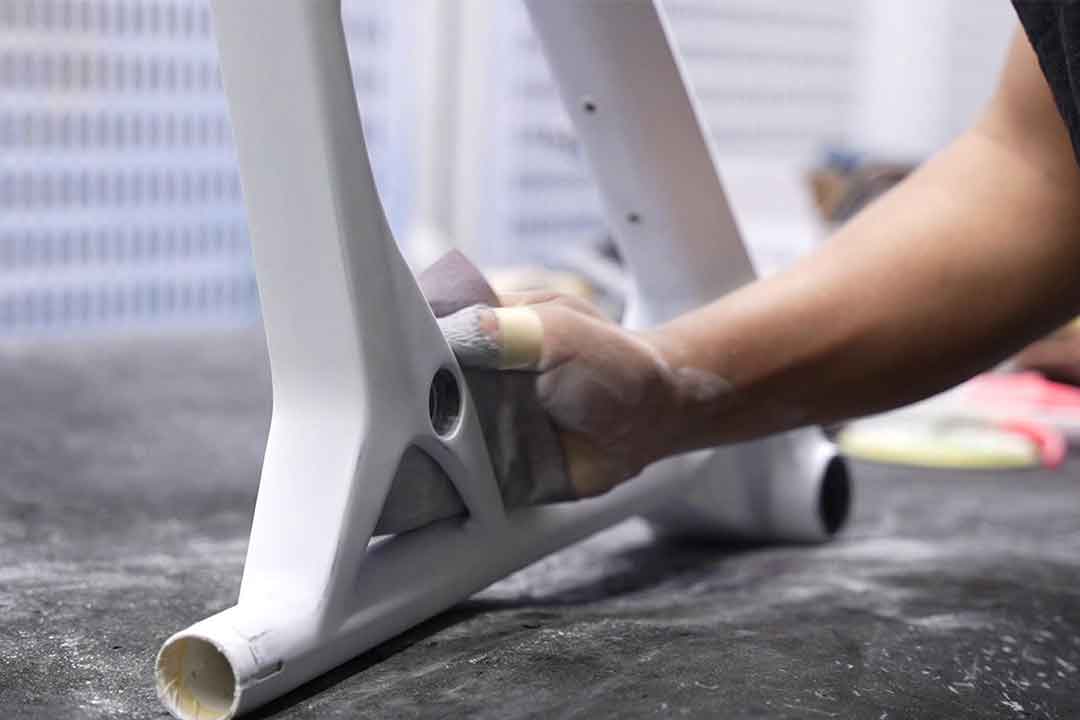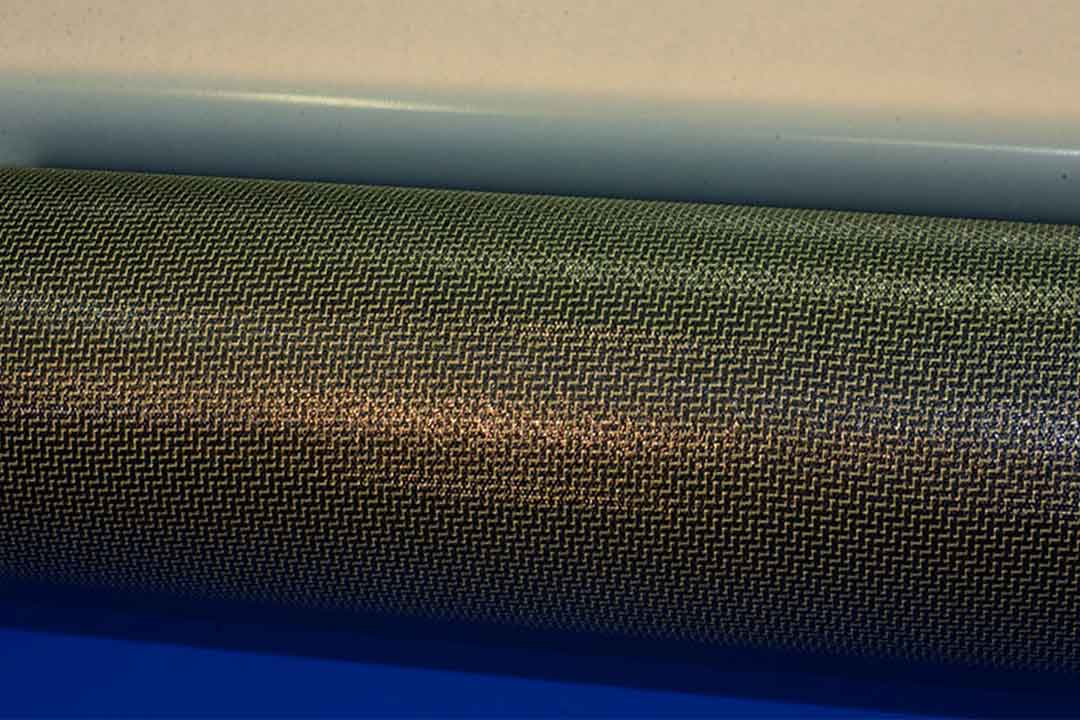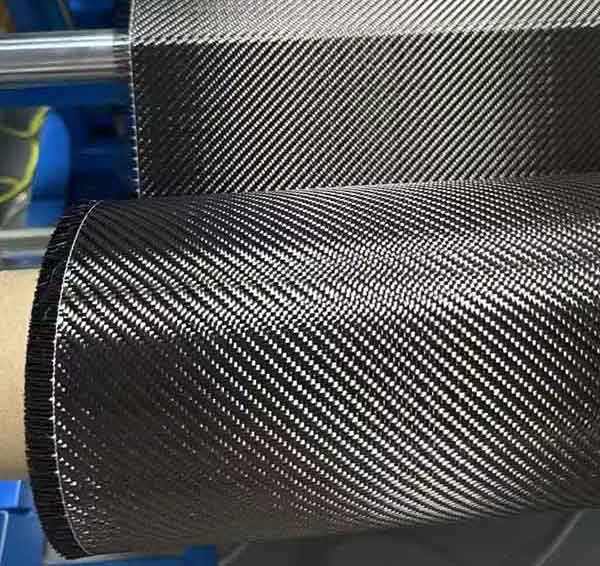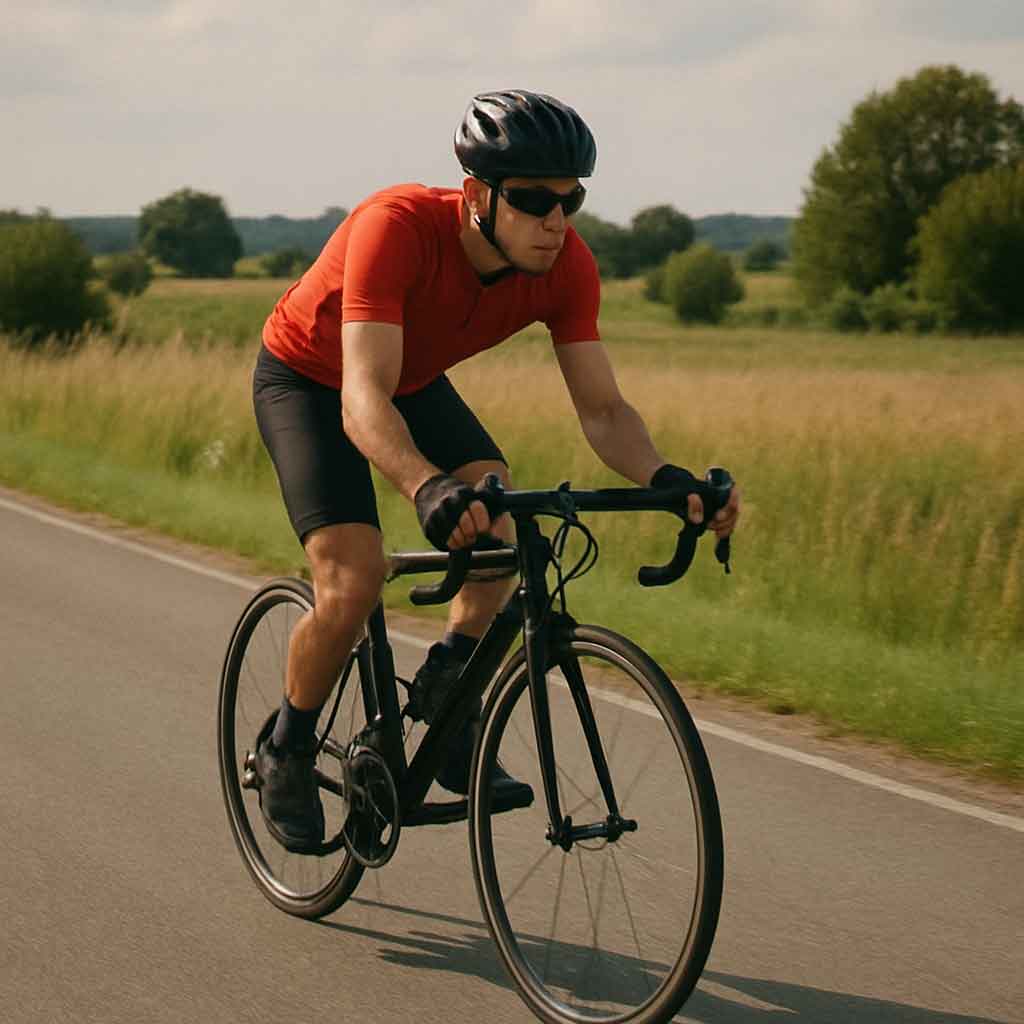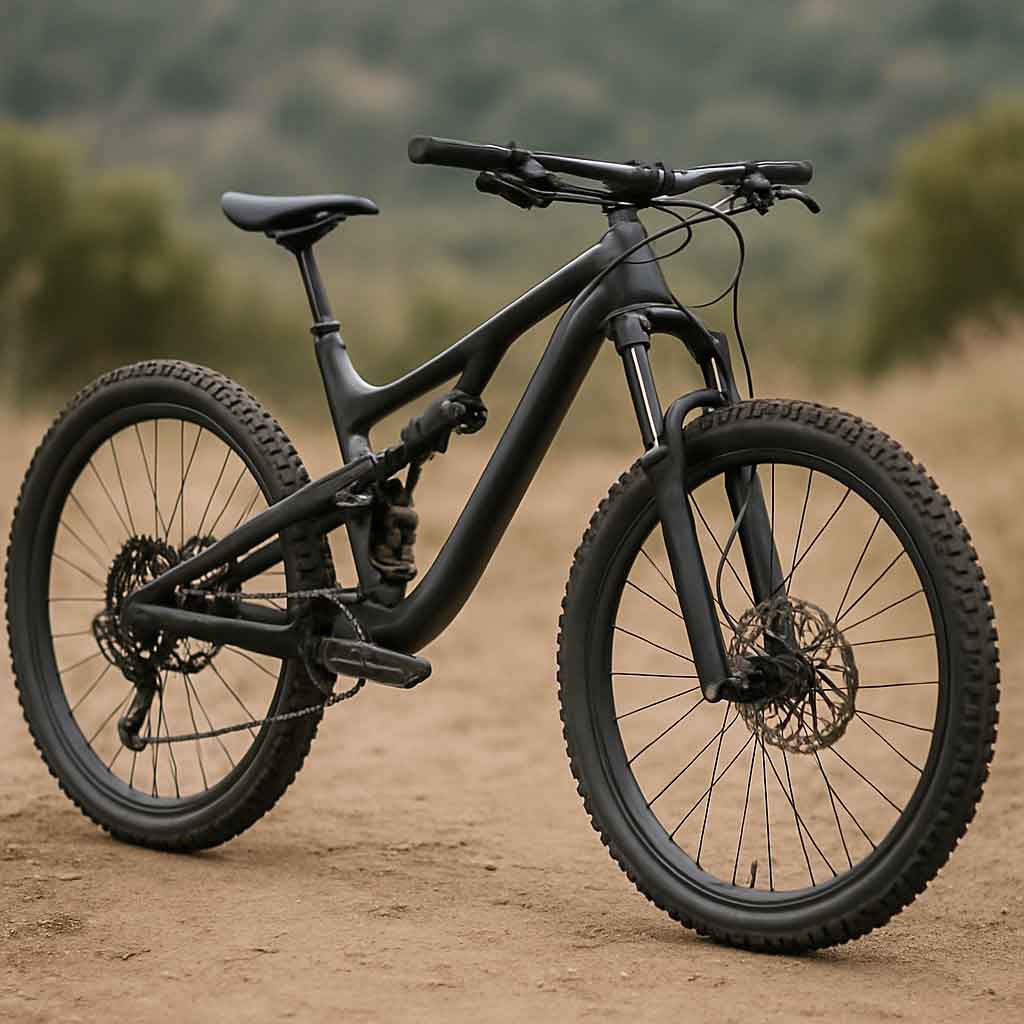Welcome to Mondince Bike - A well-known factory specialized in produce carbon bike frame and other parts since 2007.
Essential Gear for Cross Country MTB
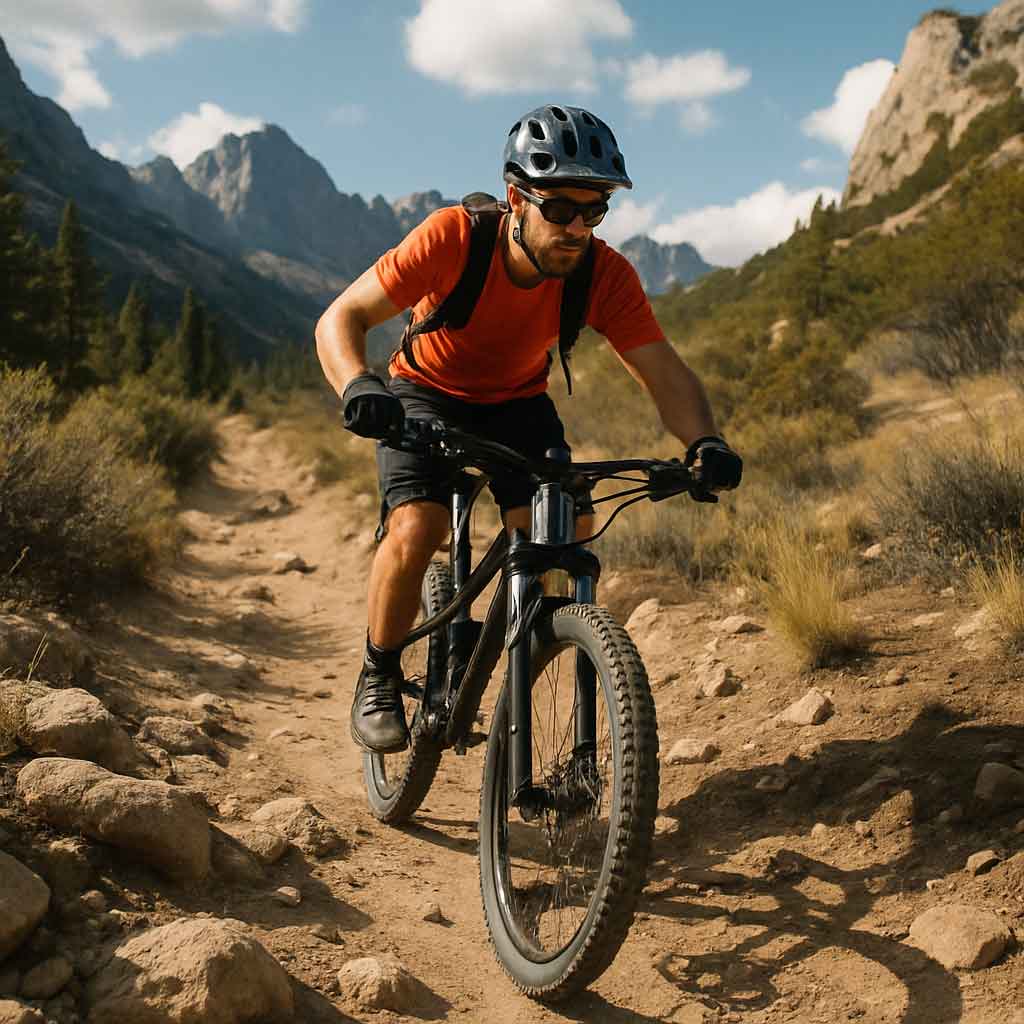
Selecting the right mountain bike is the foundation of your cross country experience. With numerous options available, it's important to consider your specific needs and preferences. The right bike will not only enhance your performance but also ensure comfort and safety on the trails.
Types of Cross Country Mountain Bikes
- Hardtail XC Bikes: These bikes feature a suspension fork at the front but a rigid rear end. They are lighter and more efficient on smooth trails, making them a popular choice for XC racing. Hardtail bikes are often preferred by racers due to their agility and speed. The lightweight frame allows for quick acceleration and nimble handling, essential for competitive racing environments. Additionally, hardtail bikes are generally more affordable, making them accessible to a wide range of riders.
- Full-Suspension XC Bikes: With suspension systems at both the front and rear, these bikes offer better control and comfort on rough terrain. They are ideal for riders who prioritize comfort over weight savings. Full-suspension bikes provide enhanced traction and stability, which can be crucial on technical trails with roots and rocks. This type of bike is perfect for endurance riders who encounter varied terrain and require a smoother ride over long distances. The added suspension also helps reduce fatigue by absorbing shocks and vibrations.
- Choosing Based on Terrain: When deciding between hardtail and full-suspension, consider the type of terrain you will be riding most often. For predominantly smooth, well-maintained trails, a hardtail may suffice. However, if your local trails are rocky and uneven, a full-suspension bike might be a better investment. Your riding style and personal preference should also influence your choice, as some riders may prioritize weight savings while others focus on comfort.
Recommended Brands and Models
When it comes to choosing a brand, it's important to go with reputable manufacturers known for quality and performance. Some top-rated mountain bikes in the XC category include:
- Giant Cross Country Mountain Bikes: Known for their innovative designs and durable builds, Giant offers a range of options for cross country enthusiasts. Their bikes are engineered with cutting-edge technology to ensure a smooth and efficient ride. Giant's attention to detail and commitment to quality make them a favorite among serious cyclists. Riders can expect a blend of durability, performance, and value.
- Trek XC Bikes: Trek is another brand that consistently produces good mountain bikes, catering to both beginners and advanced riders. With a focus on innovation and sustainability, Trek bikes are designed to handle diverse terrains with ease. The brand's extensive experience in the cycling industry is reflected in the reliability and performance of their bikes. Trek's customer service and warranty policies also provide peace of mind for buyers.
- Specialized XC Bikes: With a focus on speed and performance, Specialized makes some of the best cross country MTB options on the market. Their bikes are crafted with precision and tested rigorously to meet the demands of competitive racing. Specialized offers a variety of models, allowing riders to choose a bike that fits their specific needs and style. The brand's commitment to innovation ensures that each bike is equipped with the latest technology.
Essential Gear and Accessories
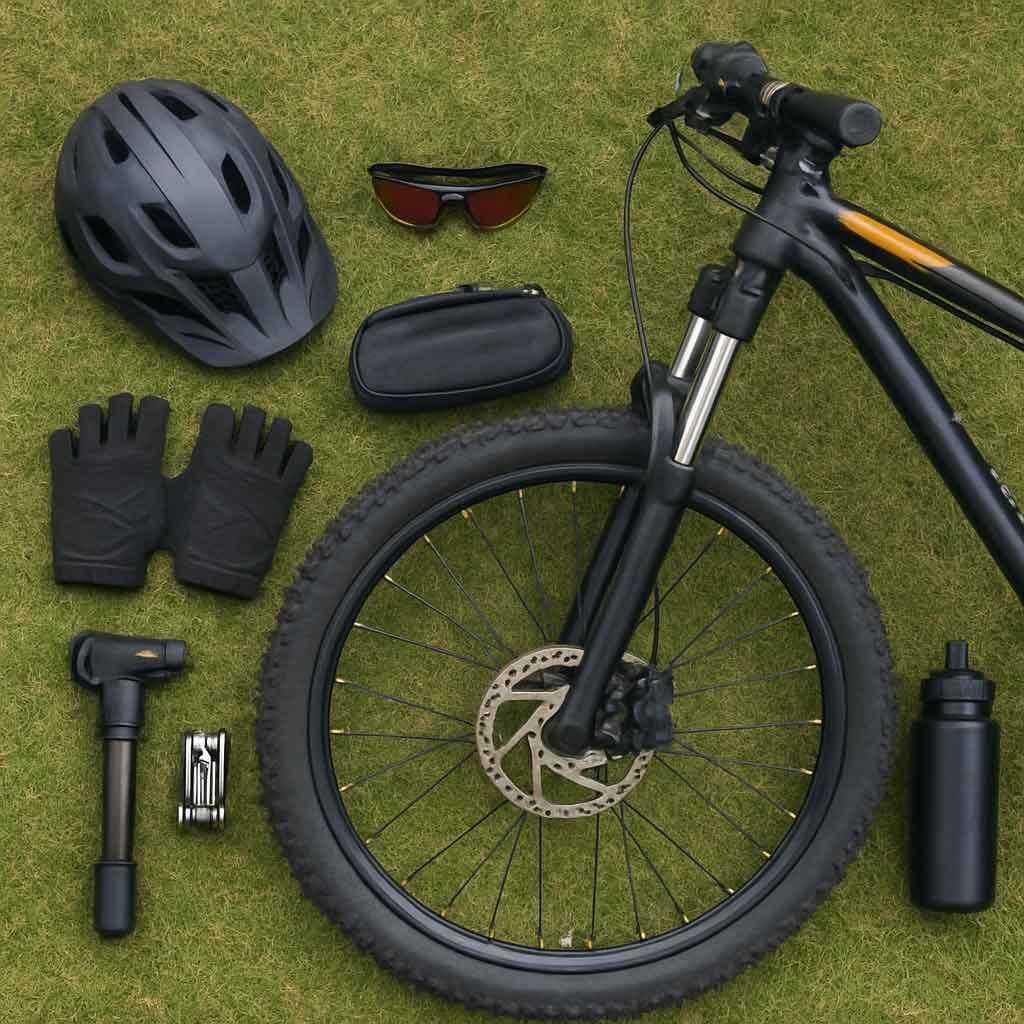
Beyond the bike itself, several accessories can enhance your riding experience. Here's a list of must-have gear for any cross country mountain biker. Each piece of gear serves a specific purpose, contributing to safety, comfort, and performance on the trails.
Helmet
Safety should always be your top priority. A good mountain bike helmet will protect your head in the event of a fall. Look for helmets that offer ample ventilation, a comfortable fit, and lightweight materials. Modern helmets often feature MIPS technology, which provides additional protection by reducing rotational forces during impacts. A helmet's fit is crucial, so take the time to adjust it properly and ensure it stays secure during your rides.
Protective Gear
In addition to a helmet, consider knee and elbow pads for extra protection. While not always necessary on well-groomed trails, they can be a lifesaver on more technical routes. Pads are especially useful for beginners who may be more prone to falls. They provide a cushion against impacts and help prevent injuries. Opt for gear that is flexible and lightweight, so it doesn't hinder your movement while riding.
Cycling Apparel
Wearing the right apparel can significantly improve your comfort on the trail. Opt for moisture-wicking materials that keep you dry and comfortable. Padded cycling shorts can reduce chafing and provide additional comfort during long rides. Jerseys with pockets allow for easy storage of essentials like energy bars and maps. In colder weather, layering with a breathable jacket or thermal top can keep you warm without causing overheating.
Gloves
A good pair of gloves will provide better grip and protect your hands from blisters. They also offer some protection in case of a fall. Look for gloves with padded palms and breathable fabrics to enhance comfort. In cooler conditions, thermal gloves can keep your hands warm, ensuring you maintain a secure grip on the handlebars. Fingerless gloves are popular in warmer climates, providing ventilation while still offering protection.
Hydration System
Staying hydrated is crucial, especially on longer rides. Consider a hydration pack or water bottles that fit securely in your bike's frame. Hydration packs offer the advantage of hands-free drinking, allowing you to sip water without interrupting your ride. Choose a pack with enough capacity for the duration of your ride and features like storage compartments for snacks and tools. Regularly drinking small amounts of water helps maintain energy levels and prevents dehydration.
Repair Kit
A basic repair kit should include a multi-tool, tire levers, spare tube, and a mini pump. These tools can help you address minor mechanical issues and keep you on the move. Learning basic bike repair skills, like fixing a flat tire or adjusting brakes, is invaluable for any cyclist. A compact, organized kit ensures that you have everything you need without adding unnecessary weight. Regularly check your kit to ensure all items are in good condition and ready for use.
Tires and Suspension
The right tires and suspension setup can greatly influence your ride quality. Both elements play a crucial role in how your bike handles various terrains and conditions.
Tire Selection
For cross country mountain biking, you'll want tires that balance speed and grip. Consider the terrain you'll be riding on when selecting your tires. A good cross country mountain bike tire will have a low rolling resistance and enough tread to handle loose surfaces. Tubeless tires are becoming increasingly popular due to their ability to run at lower pressures, providing better traction and reducing the risk of punctures. Regularly inspect your tires for wear and replace them when necessary to maintain optimal performance.
Suspension Tuning
The suspension on your bike should be tuned to your weight and riding style. This ensures optimal performance and comfort on the trails. Many modern bikes come with adjustable suspension systems that can be fine-tuned to suit various conditions. Understanding how to adjust the suspension settings, such as rebound and compression, can significantly enhance your riding experience. Regular maintenance, including checking for leaks and ensuring proper lubrication, is essential to keep your suspension system functioning smoothly.
Maintenance and Upkeep
Regular maintenance of your tires and suspension is crucial to ensure longevity and performance. Clean your bike after rides to remove dirt and debris that can affect the suspension and tire integrity. Check tire pressure before each ride, as this can influence traction and comfort. Lubricate moving parts and inspect for any signs of wear or damage. A well-maintained bike not only performs better but also reduces the risk of mechanical failures on the trail.
Training and Preparation
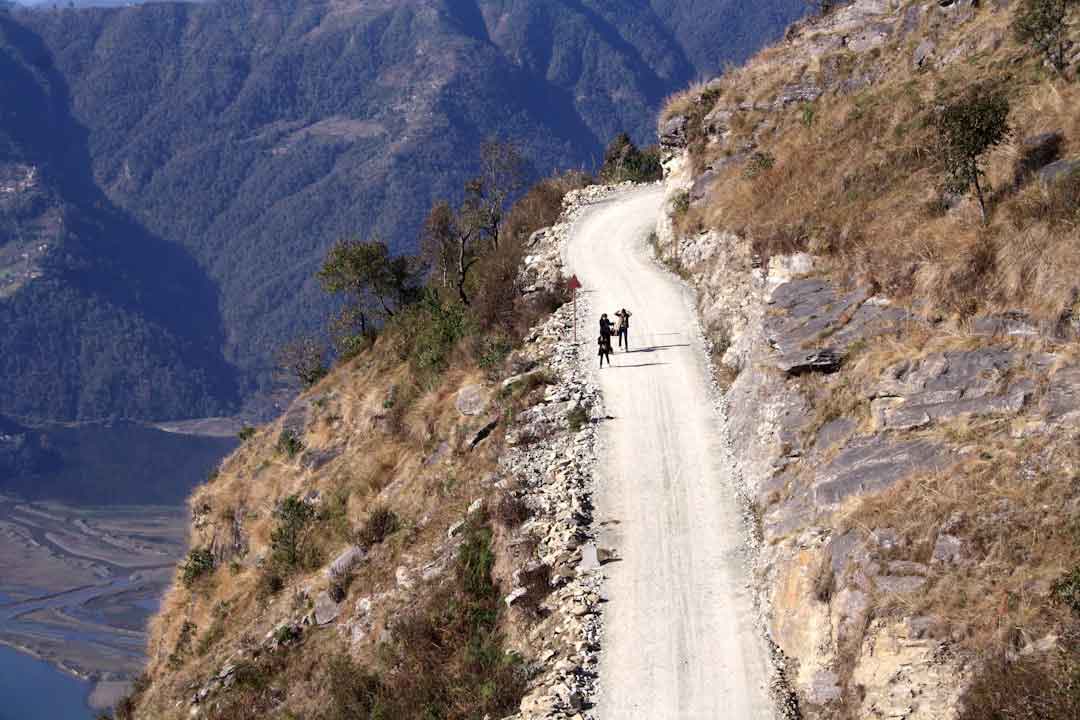
by Sanjip Kadel (https://unsplash.com/@sanjip_kadel)
Beyond having the right gear, proper training and preparation are key to excelling in cross country mountain biking. Building physical fitness and honing technical skills will enhance your performance and enjoyment on the trails.
Building Endurance
Cross country biking demands a high level of cardiovascular fitness. Incorporate regular cardio workouts into your training regimen to build the endurance needed for longer rides. Activities like running, swimming, and cycling on a stationary bike can improve your aerobic capacity. Gradually increase the intensity and duration of your workouts to build stamina. Consistent training not only enhances performance but also reduces the risk of fatigue and injury.
Skill Development
Honing your technical skills is crucial for navigating challenging terrain. Practice cornering, braking, and climbing techniques to improve your control and efficiency on the bike. Joining a local mountain biking group or taking a skills clinic can provide valuable instruction and feedback. Spend time on different types of trails to develop versatility and confidence. Regular practice helps you respond instinctively to changes in terrain and conditions.
Nutrition and Recovery
Fueling your body with the right nutrients before, during, and after rides is essential. Focus on a balanced diet rich in carbohydrates, proteins, and healthy fats. Additionally, prioritize recovery by getting adequate rest and incorporating stretching into your routine. Hydration is equally important, so drink plenty of water and consider electrolyte drinks for longer rides. Proper recovery practices, such as foam rolling and yoga, can reduce muscle soreness and improve flexibility.
Conclusion
Cross country mountain biking is a demanding yet exhilarating sport that requires a mix of the right gear, physical fitness, and technical skills. By investing in quality equipment and dedicating time to training, you can enhance your performance and fully enjoy the beauty of the trails.
Remember, the best cross country MTB experience comes from a combination of the right bike, essential gear, and a commitment to improvement. Whether you're competing in an XC race or exploring new trails, having the proper gear will ensure you ride with confidence and safety.
With this comprehensive guide, you're well-equipped to embark on your cross country mountain biking journey. Happy trails!



